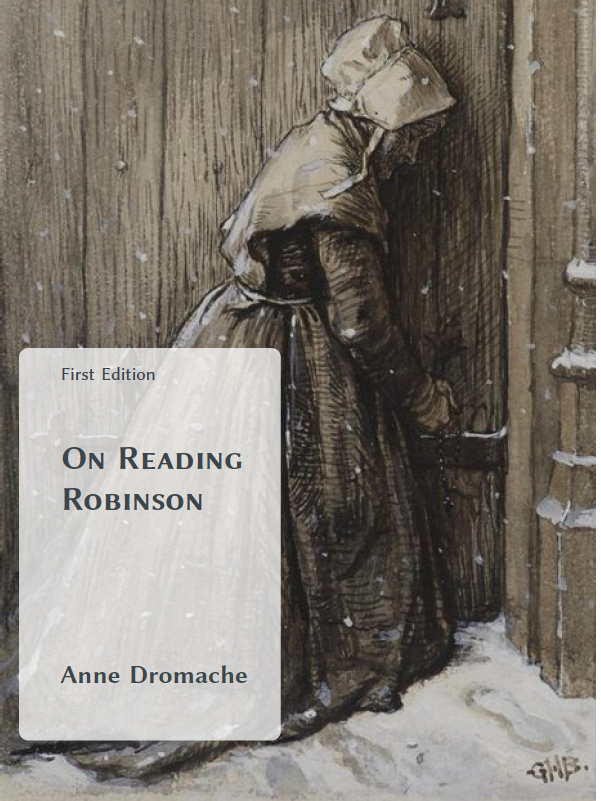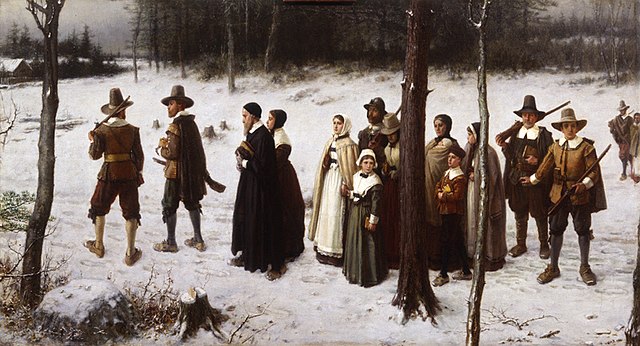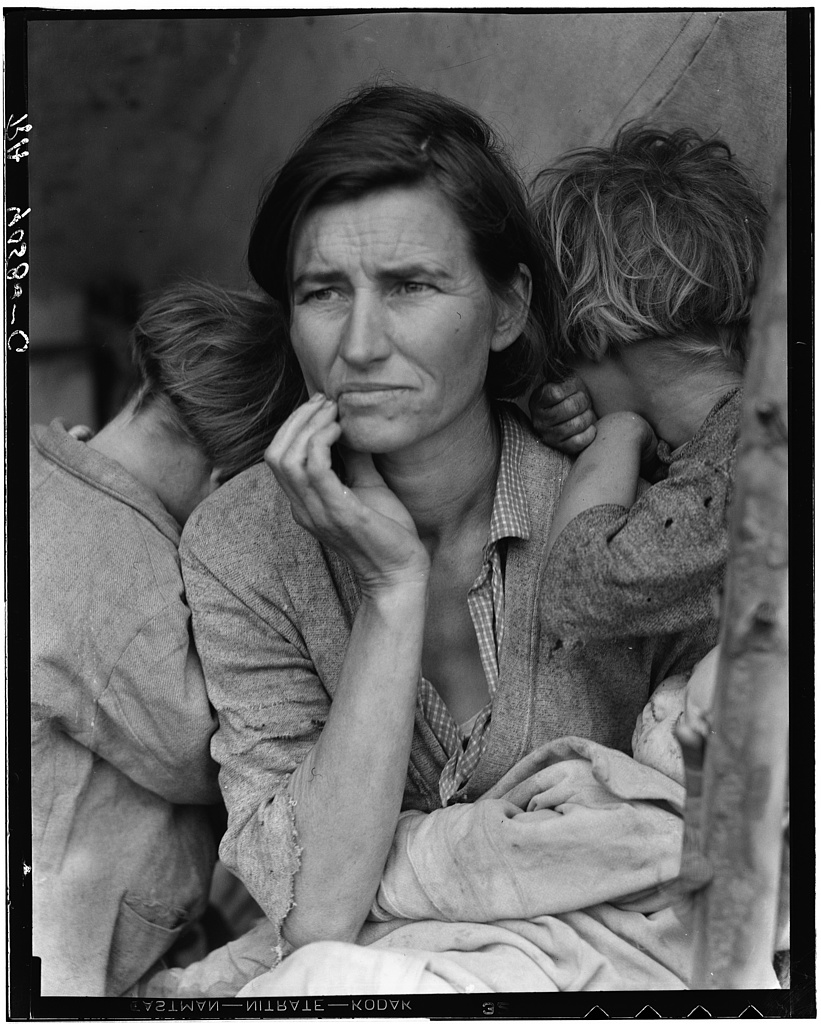Home may well mean many things for many people – there is that of birth or formative years, and that “where the heart is”; there is a physical place and a sensory place, and a home of the imagination. And too there is the home one recognises and that which one denies, and the home you take with you and the one you leave behind. There is that state of being at home with oneself. It is remarkably elusive this “home” thing.
Home is also the title of Marilynne Robinson’s 2008 follow-up novel to Gilead, which so captivated me with the radicality of its givenness. More a companion of sorts than a sequel, Home runs parallel in time, say through the Spring and Summer of 1956 – sometimes taking its own trajectory and sometimes entwined with Ames’ record; enhancing that, putting things right, begging the question of where reliability lies. I could only approach Home in the context of that first reading, which brought with it all the sympathies and associations I had formed.
I like to think of it in this way: Whilst our Reverend Ames is sitting down writing his very personal testimonial for his son, over at the Boughton household we have the recently returned Glory and that wayward, beloved brother Jack; caring for a dying father and coming to their own reckoning of sorts with themselves and one another
I see now those themes that predominated in Gilead – loneliness, forgiveness, sorrow, all that weariness and wariness – as being observed and described by Rev. Ames; in more soul searching moments in terms of himself, more often though pertaining to those nearest and dearest, but in Home the emotionally engaged reader lives them with the protagonists; the psychology of it all becomes reality. The change of narrative style to the third person, predominately from Glory’s point of view, and the wonderful dialogic exchanges facilitates this new rendering.
Glory, seemingly peripheral for Ames’ story, is central to this narrative, and I loved getting to know this woman – intelligent, duped by a bounder, and ashamed, felt left behind by life and her own aspirations. I even loved the tears. Teary rhymes with weary I know.
It is through Glory’s eyes that we see the tormented Jack, and with her we approach some knowledge and understanding of the lonely, desperate boy who never felt at home in this the family home, but treasures every memory, every detail. Dutifully, have the other siblings come “home” over all the years – and been glad enough to leave – but Jack has carried that “home” to which he never felt as if he belonged with him every day; and the burden heavy. What is home?
Jack and Glory: Their trials and tribulations, what they bring home with them, and what they seek and what they find instead; it may not be the sought for resolution, but there is a way there – and the reader’s hope that it be found.
With Home, Marilynne Robinson delivers again her deep Christian and human convictions in a prose that is sometimes more beautiful and profound than the profane heart or head can bear – but borne it is, and one is just left wondering at the limits of own profanity!











